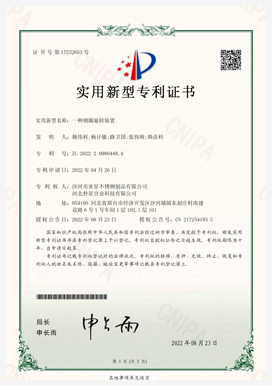harvester reaper
The Evolution of the Harvester Reaper A Revolutionary Agricultural Tool
The agricultural landscape has undergone numerous transformations throughout history, with technological advancements playing a crucial role in enhancing productivity and efficiency. Among the most significant inventions in the realm of farming is the harvester reaper, a machine that fundamentally changed the way crops are harvested and paved the way for modern agriculture.
The harvester reaper traces its origins back to the early 19th century, when agrarian societies were heavily reliant on manual labor for harvesting crops
. Farmers would spend countless hours in the fields using sickles and scythes, and the task was not only time-consuming but also physically demanding. In 1831, Cyrus McCormick, an American inventor, revolutionized this age-old practice with his invention of the mechanical reaper. This new machine allowed for the cutting, gathering, and bundling of grain in a fraction of the time it took to do so by hand.McCormick's reaper was not an immediate success; it faced skepticism from farmers who were reluctant to invest in a new, unproven technology. However, as McCormick refined his design and demonstrated its efficiency, farmers began to recognize the immense value it offered. The reaper significantly reduced the time and effort required for harvesting, enabling farmers to cover larger areas and ultimately leading to increased yields.
harvester reaper

The introduction of the harvester reaper had profound implications for agricultural practices. By automating the harvesting process, farmers could allocate their labor resources more effectively, focusing on other essential tasks such as planting and managing crops. The efficiency gained from the reaper also contributed to a notable decrease in the labor force needed for agriculture. As fewer laborers were required in the fields, many individuals transitioned to urban areas to seek employment in factories and other industries, subsequently fueling the Industrial Revolution.
As technology continued to advance, the harvester reaper evolved into more sophisticated machines. By the late 19th and early 20th centuries, engineers began incorporating innovations such as steam engines and, eventually, internal combustion engines into harvesting equipment. This progression culminated in the development of the combine harvester, a machine that not only cuts and gathers but also threshes and winnows the grain in one continuous process. This further streamlined the harvesting operation, allowing farmers to complete their work with even greater speed and efficiency.
Today, modern combine harvesters are equipped with cutting-edge technology, including GPS navigation and precision agriculture tools that optimize planting and harvesting according to varying field conditions. These innovations have transformed agricultural practices, contributing to global food security and sustainable farming.
In conclusion, the harvester reaper stands as a testament to human ingenuity and the relentless pursuit of progress in agriculture. From its humble beginnings in the 19th century to the sophisticated machines of today, the evolution of the harvester reaper has not only increased agricultural productivity but also reshaped the very fabric of rural life and the economy. As we look to the future, it is essential to continue harnessing technology to meet the food demands of a growing population while ensuring sustainability and environmental stewardship.
Latest news
-
When to Upgrade Your Old Forage HarvesterNewsJun.05,2025
-
One Forage Harvester for All Your NeedsNewsJun.05,2025
-
Mastering the Grass Reaper MachineNewsJun.05,2025
-
How Small Farms Make Full Use of Wheat ReaperNewsJun.05,2025
-
Harvesting Wheat the Easy Way: Use a Mini Tractor ReaperNewsJun.05,2025
-
Growing Demand for the Mini Tractor Reaper in AsiaNewsJun.05,2025







